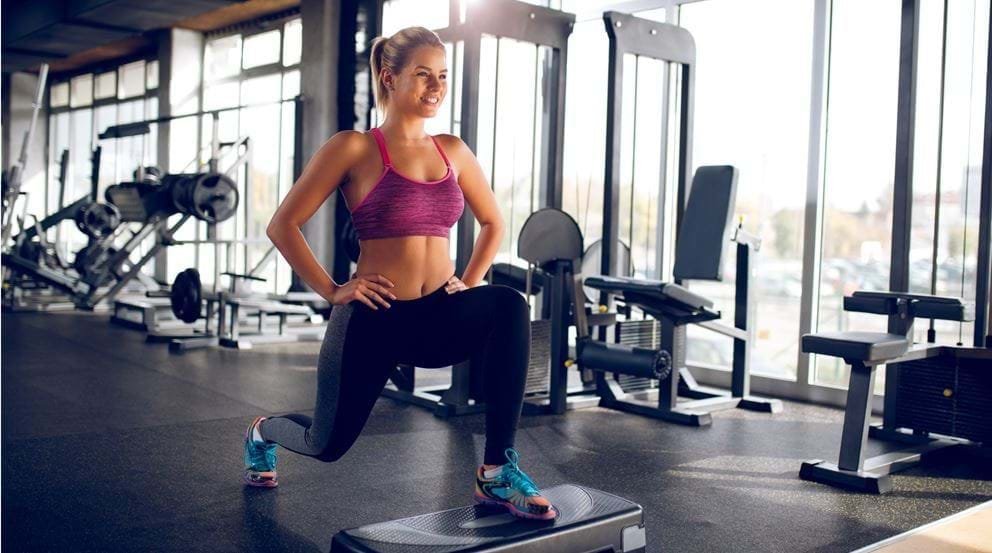
7 Essential Yoga Poses for Muscle Recovery After a Workout
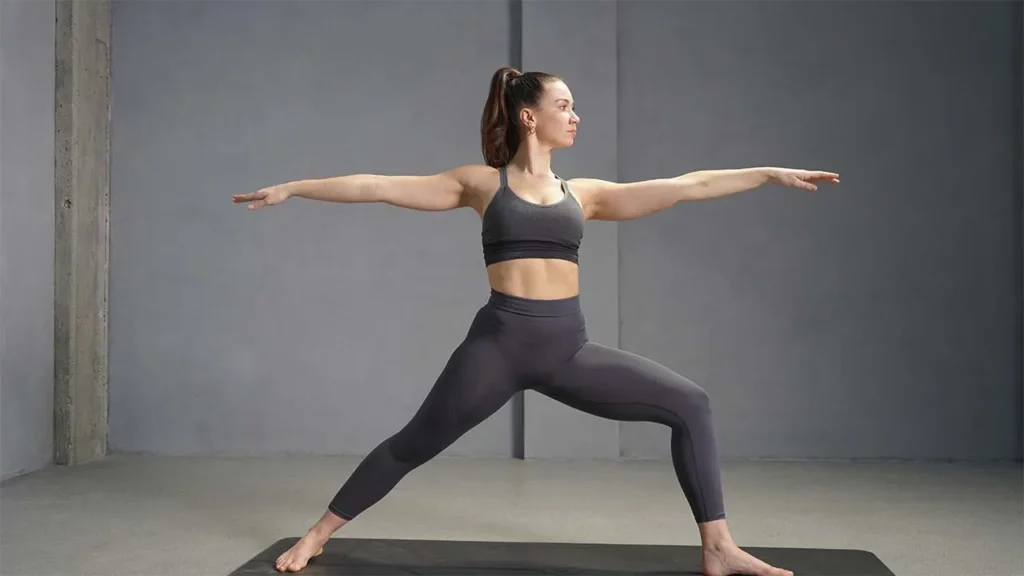
If you’re an athlete and your workout routine doesn’t include stretching, it’s time to reconsider. Whether you’re into running, cycling, weightlifting, CrossFit, or any other athletic activity, stretching can significantly minimize muscle recovery time when done regularly.
Yoga teacher Amanda Sacks, LMSW, explains that practicing yoga right after a workout helps alleviate tension, improves blood flow to your muscles, and ensures that oxygen and nutrients reach your tissues. All of this combined helps speed up your recovery process.
The way you stretch also matters. By pairing intentional breathing with stretching, such as the deep, mindful breaths you take in yoga, you oxygenate your blood and calm your mind. Jillian McLaughlin Wirtz, another yoga teacher, emphasizes that focusing on breathing allows you to stretch and strengthen your muscles more mindfully, rather than just rushing through generic stretches.
Here’s a list of 7 essential yoga poses that will help you recover and stretch after any workout. Whether you’re looking to relieve tight muscles or unwind after a strenuous training session, these poses will help you create space and ease in your body.
1. Cat/Cow Pose (Marjaryasana/Bitilasana)
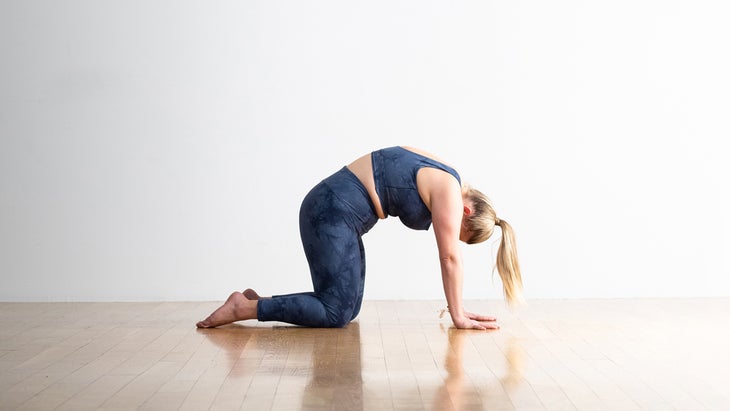
These two dynamic movements help bring mobility to your spine and open up the chest. To feel a deeper stretch in your upper back, you can come onto your forearms instead of using your hands.
How to do it:
Start on your hands and knees. On an inhale, arch your back, lift your chin, and draw your chest forward into Cow Pose.
On an exhale, round your back, tuck your chin into your chest, and move into Cat Pose.
Repeat several rounds, syncing your movements with your breath.
2. Downward-Facing Dog (Adho Mukha Svanasana)

Downward Dog is a staple yoga pose that stretches your entire posterior chain—from your head down to your heels.
How to do it:
Start on your hands and knees. On an inhale, lift your knees off the floor and push your hips up and back toward the ceiling.
On an exhale, straighten your arms and lower your heels toward the floor. If your hamstrings are tight, bend your knees slightly.
Stay here for at least 30 seconds, breathing deeply.
3. Seated or Reclined Pigeon (Eka Pada Rajakapotasana)

Pigeon Pose targets your hips, particularly the piriformis muscle, which can become tight from activities like running or cycling.
How to do it:
Start by sitting or lying on your back. On an inhale, cross your right ankle over your left knee.
If you’re seated, adjust the intensity by moving your left heel closer to or farther from your body.
If you’re lying down, gently draw your left thigh toward your chest with your hands while keeping your neck and shoulders relaxed.
Hold for at least 30 seconds, then switch sides.
4. Bridge Pose (Setu Bandhasana)
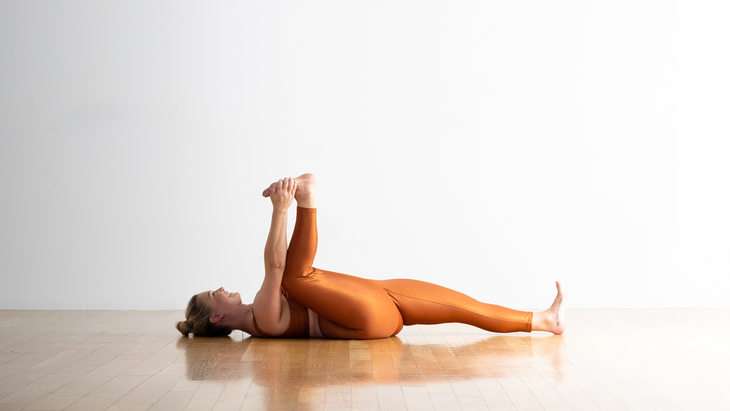
Bridge Pose stretches your hip flexors and quads while strengthening the muscles along your back. You can also make this a more restorative pose by using a block under your sacrum.
How to do it:
Lie on your back with your knees bent and feet flat on the floor. On an inhale, lift your hips off the floor, pressing your feet firmly into the mat.
Extend your arms toward your heels.
To make it more restorative, place a block under your sacrum and hold for a few minutes.
5. Happy Baby Pose (Ananda Balasana)
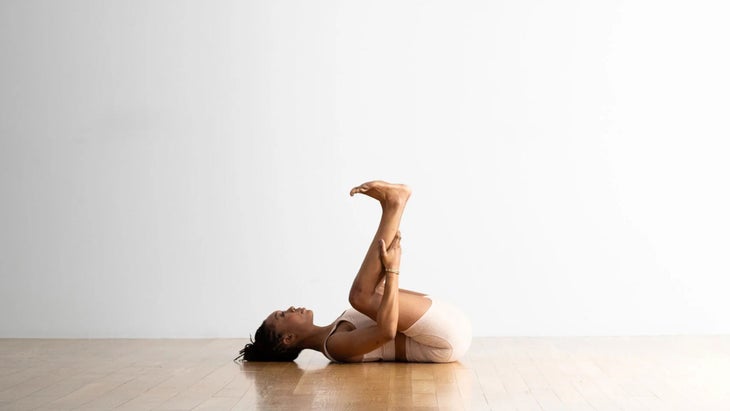
Happy Baby Pose is a great way to target your glutes, hips, and calves. This gentle stretch can also help relax your lower back after a workout.
How to do it:
Lie on your back and bring your knees toward your chest.
On an inhale, straighten your left leg on the mat and bend your right knee, stacking your ankle over your knee.
Reach for the outer edge of your right foot with your right hand or shin with your left hand.
For a deeper stretch, bend both knees and hold each foot.
Stay here for a few breaths, then switch sides.
6. Reclined Twist (Supta Matsyendrasana)
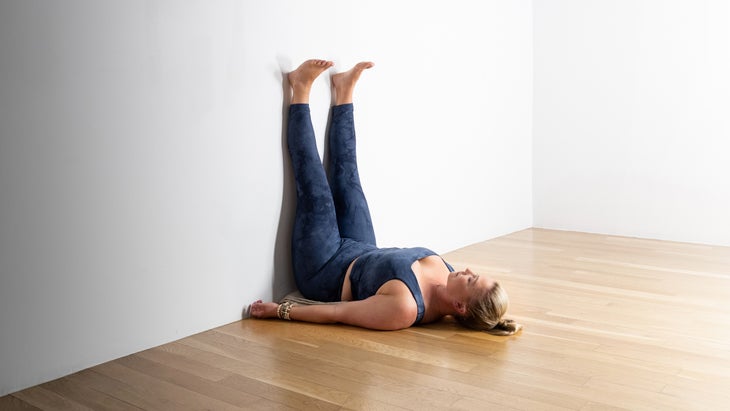
This twist helps bring mobility to your spine and gives a nice stretch to your IT band, which can often become tight from running, cycling, or hiking.
How to do it:
Lie on your back and bend your knees toward your chest.
On an exhale, roll to the left, stacking your knees while keeping both shoulders on the floor.
Reach both arms out to the sides for support, and relax into the stretch.
Stay here for 3 to 5 minutes, then switch sides.
7. Legs Up the Wall Pose (Viparita Karani)
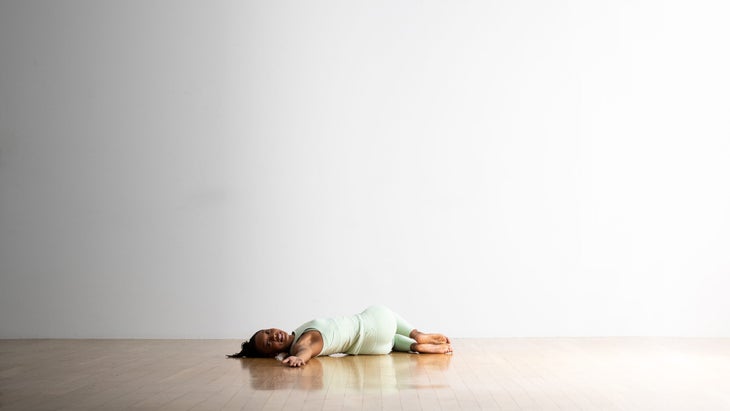
This restorative pose helps relieve tension in your calves and hamstrings while allowing your entire body to relax.
How to do it:
Lie on your back and bring your right hip close to the wall.
Use your hands to lower your legs up the wall, keeping your feet hip-width apart.
Rest your heels against the wall and relax your legs completely.
Take a long, slow exhale and hold for up to 15 minutes to allow your muscles to recover.
Conclusion: A Simple Routine for Muscle Recovery
Incorporating yoga stretches into your post-workout routine can significantly improve muscle recovery, reduce stiffness, and prevent injury. By focusing on slow, mindful breathing during each stretch, you’ll oxygenate your muscles, improve flexibility, and ease muscle tension. These seven yoga poses are simple and effective ways to cool down and give your body the space it needs to recover after intense physical activity.
Whether you’re a runner, cyclist, weightlifter, or involved in any other athletic endeavor, these stretches will help you recover and perform better in future workouts. Regular practice of these stretches will make a noticeable difference in how you feel both during and after your workouts.